By Ross Stein, Ph.D., Temblor
As part of the 2018 GSA Distinguished International Lecture Tour, Ross Stein traveled to three countries Latin America to give talks and meet with local scientists and citizens. These are his experiences.
The GSA video below shows Ross Stein demonstrating how earthquake converse, using both the QuakeCaster and Fishnet Stocking Stress demos
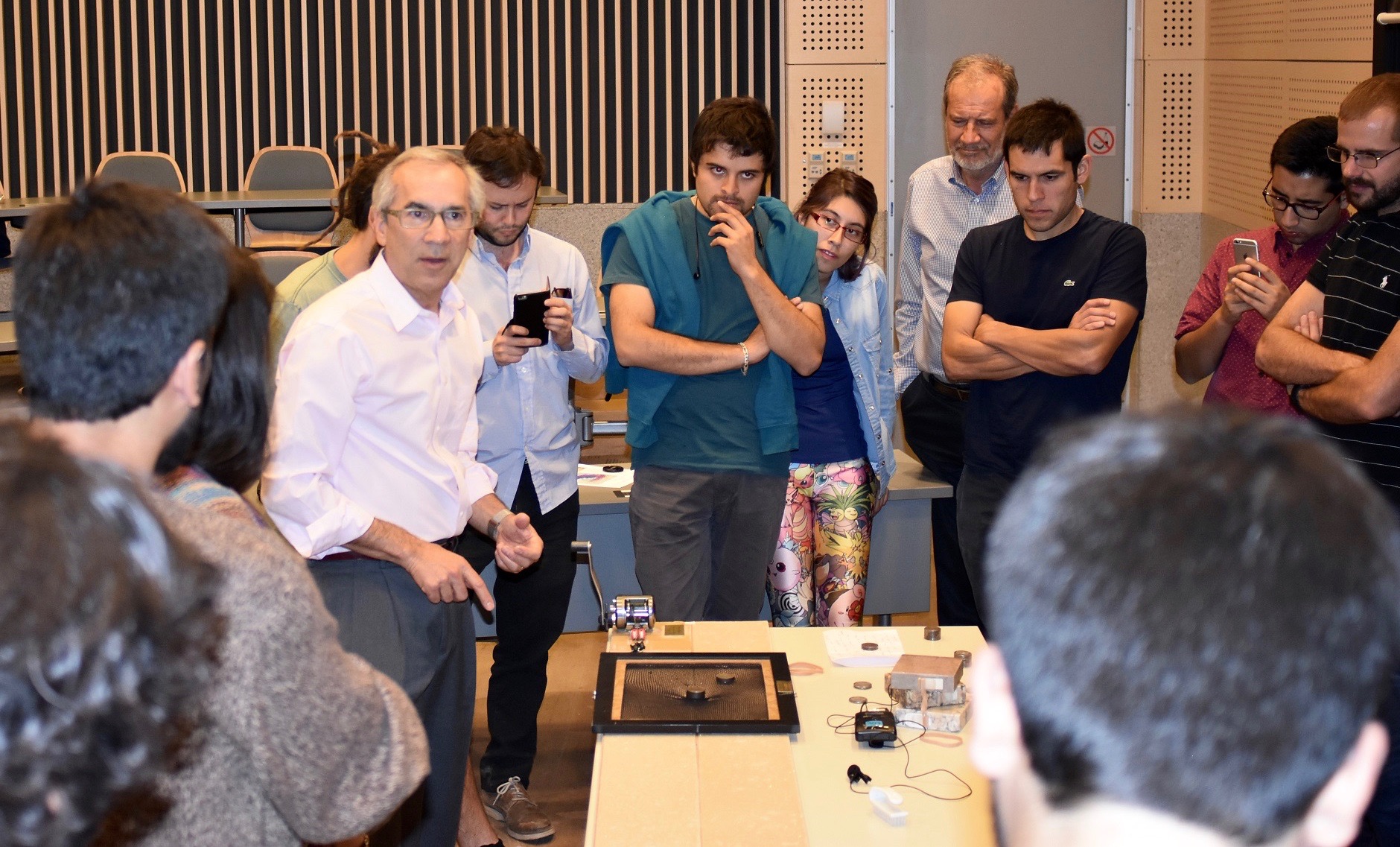
The greatest part of the trip was just breaking bread with colleagues, meeting fantastic people, talking face to face, or sharing a drink. Nothing in Skype or email replaces this. GSA gave me this gift. I am now much closer to Allen Husker at the Universidad Nacional Autónoma de México (UNAM), and with Germán Prieto at Universidad Nacional de Colombia.

Starting in a quake-damaged city
My trip began in Mexico City, which sustained heavy damage in the M=7.1 Puebla earthquake only six months ago. At the Universidad Nacional Autónoma de México (UNAM) in Mexico City, my host was the chair of seismology, and I spent time with the director of the national seismic network. The day before my talk, we visited quake-damaged buildings across the city. Some buildings leaned so much that I sometimes felt drunk when walking inside them. Had I dropped a marble on the floor, it would have shot away. My talk in Mexico City focused on the spasm of Mexico quakes over the past six months that we have been studying and sharing preliminary unpublished results. In just the last six months, Mexico has been struck by four M=6+ earthquakes, as well as hundreds of aftershocks. I said I was there to seek answers from the experts in the room, and that together we could at least eliminate possible explanations. So, when the Q&A began, I asked them the questions. It was a very different and exciting interaction: The expertise was coming from the audience, not the speaker.
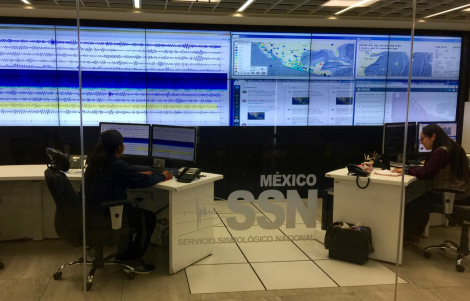

Jetting off to Colombia
After only a few days in Mexico City, I flew to Bogotá, Colombia where my host was Germán Prieto at the Universidad Nacional de Colombia. He was formerly an assistant professor at MIT before returning home to Colombia in 2016. My first night we had a BBQ on Germán’s rooftop terrace with his family and parents. Nothing could have been better! While there, I met with several other professors and their students, who showed me their work. I visited the National Seismic Network, and gave a talk at the Colombia Geological Survey sponsored by the Colombia Geological Society. As at UNAM, we struggled with projectors. I should have brought my own, but the QuakeCaster case is 35 lb and 4 feet long, so I already felt like Sisyphus pushing a rock up the Andes. But, since half the talk is a demonstration, I tried not to let it get to me. A very delicate issue in Colombia is that I believe the Bogotá fault is active, most here do not. It has huge implications for seismic risk here, so I simply urged more attention to it.
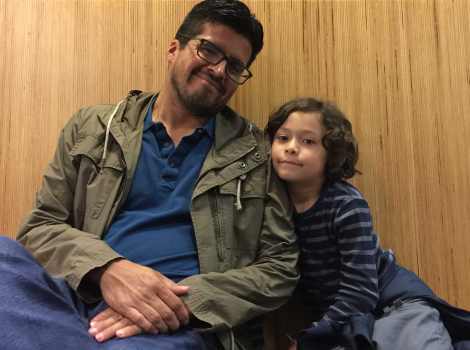
The next day, Sura Americana, the largest Latin American insurance company, had asked me to speak to their clients; I had expected a dozen insurers, and so I would talk informally about Temblor, with no QuakeCaster or slides. Just two hours before the talk, they told me there would be 250 attendees, and they were commercial clients, not insurers. In a taxi on the way over, I rewrote the talk to combine QuakeCaster and Colombian seismic risk–thank goodness for traffic! They had a full reception with lunch, and simultaneous translation with headphones. Because one really needs to see the Fishnet Stocking Stress demo up close, I invited all 250 up to the stage for that portion. They didn’t fit! At the end of the talk, the audience asked a large number of remarkably penetrating questions–all in Spanish–but I got the simultaneous translation in English. Then, I flew to Medellín with the Sura marketing people.
I spent the next day at Sura headquarters (which is absolutely slathered in modern and ancient Colombian art). I gave the talk to 150 clients and employees. This time we were ready, and there were no technical issues, as a videographer streamed the demo onto an LED screen. This was followed by a reception, where I met faculty from the Universidad de Medellín. Afterwards, I gave a video interview for Sura’s Facebook page, and they took portraits.
Next is Santiago. There, I will talk at Universidad de Chile and the National Seismic Network (I will be staying at the home of the director, Sergio Barrientos, a former coauthor). Then I will speak with another colleague at Goldman Sachs, and finally a talk at Pontifical Catholic University just before Holy Week begins.
Finally to Chile: A country preparing for the next big one

After my talks at Universidad de Chile and the National Seismic Network, Prof. Jorge Crempien and I presented to a small group at Goldman Sachs. The manager, from Venezuela, had experienced the 2010 M=8.8 Maule shock from 12 stories up, watching in awe and trepidation as the skyscrapers around her swayed back and forth. She dropped and covered when everyone else around her ran in every direction. She was calm and rational about the risks and precautions.
Another young woman, from the Dominican Republic, was terrified. She felt the 2010 Haiti M=7 quake, and watched its human tragedy unfold on the other side of her island. She said she cannot help but panic and run when she feels any quake of any size. She found it jarring that I could smile while enthusiastically talking about quakes. I realized she considered she was face-to-face with a mad scientist. Not sure if that was what GSA was after!

When I told them that Earthquake Early Warning (several seconds of warning before the shaking arrives) will come to Chile in several years, both women found this comforting and important. The Goldman Office of Global Security people wanted me to emphasize that their building is sound and will not collapse. This is true, and so I did. But what about their homes and schools? I decided not to press this point.
I felt I was learning things from this intimate group that would never surface in the larger audiences of the trip, and so I was grateful.
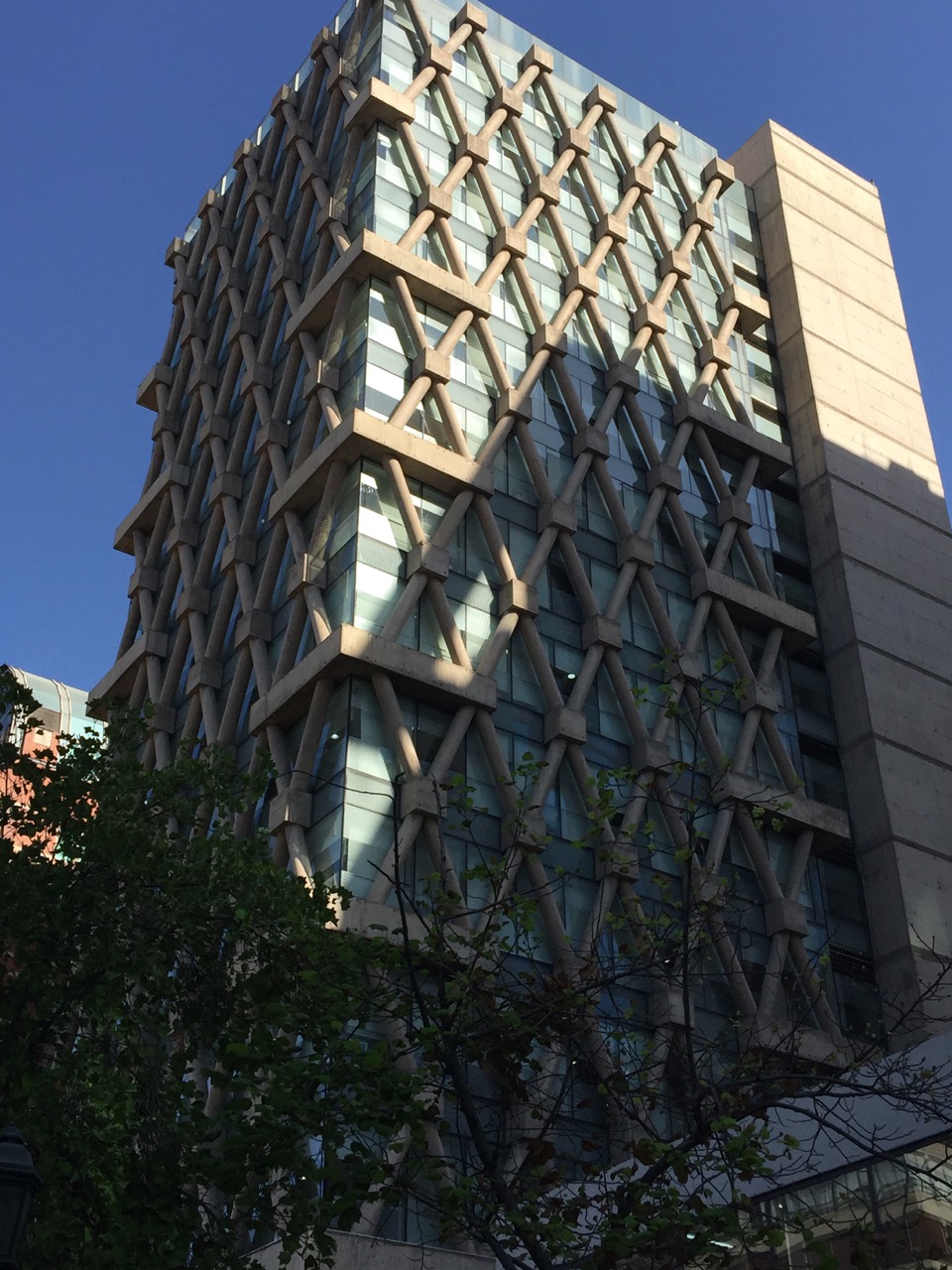

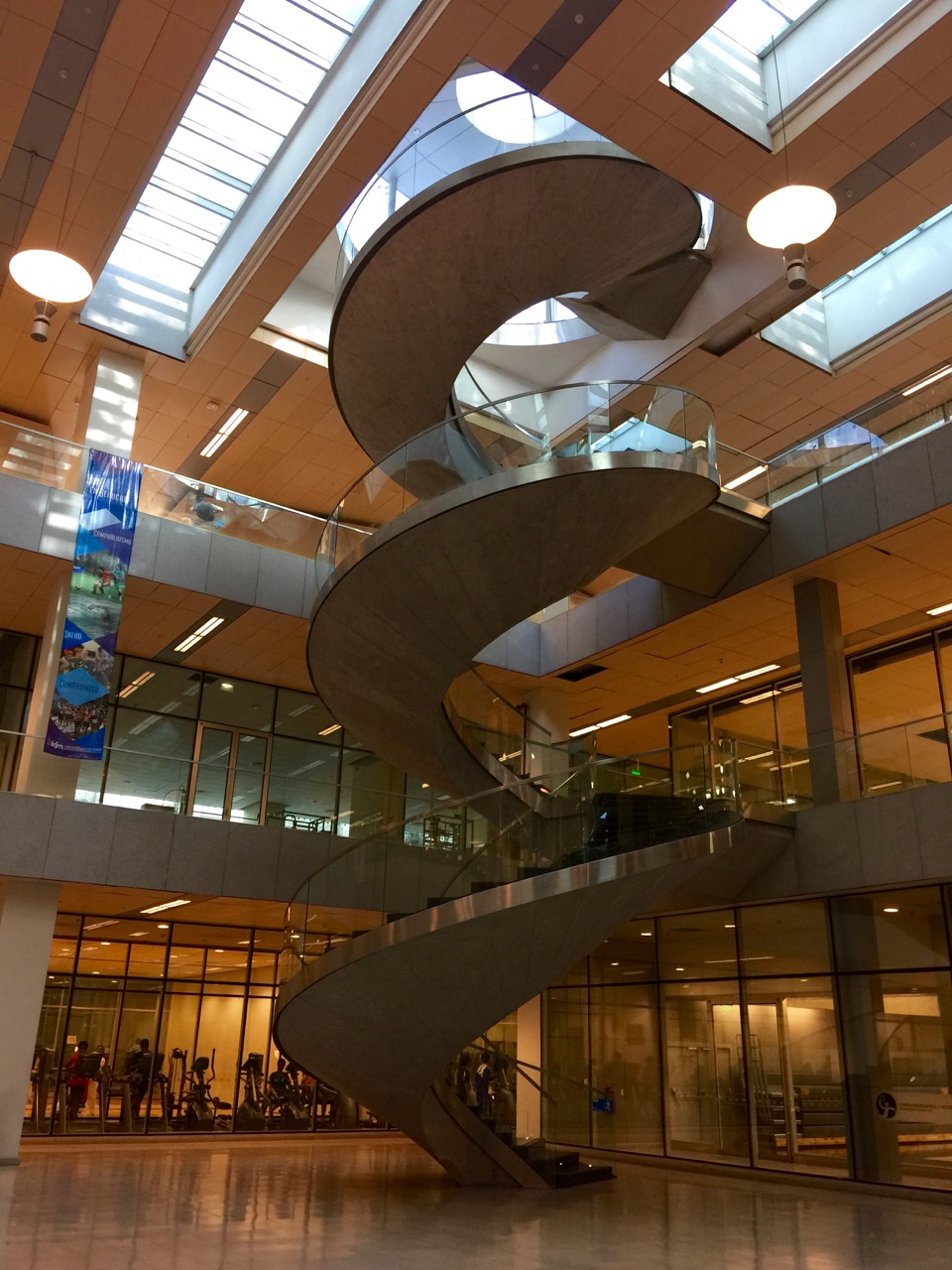
The last talk of this leg of the tour will be at La Pontificia Universidad Católica de Chile. The ‘Pontifical’ appellation means that it is an anointed institution whose president is chosen by the Vatican. Most seismic observatories of the U.S. during the first half of the Twentieth Century were founded and run by Jesuit Scholar-Scientists, so we should have a lot in common.
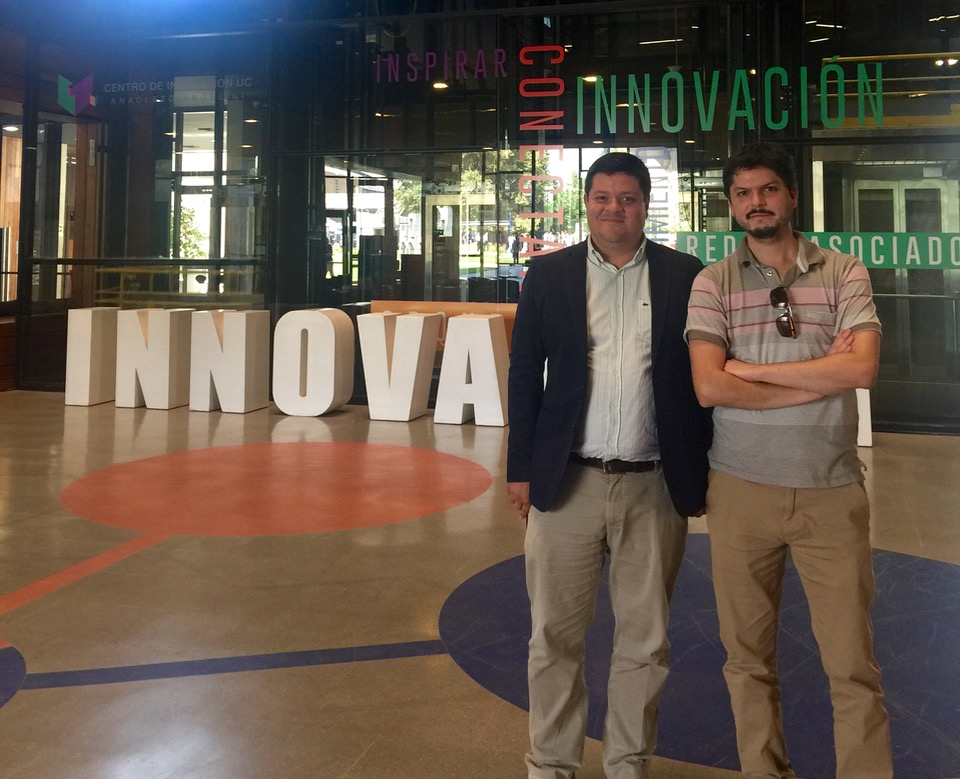
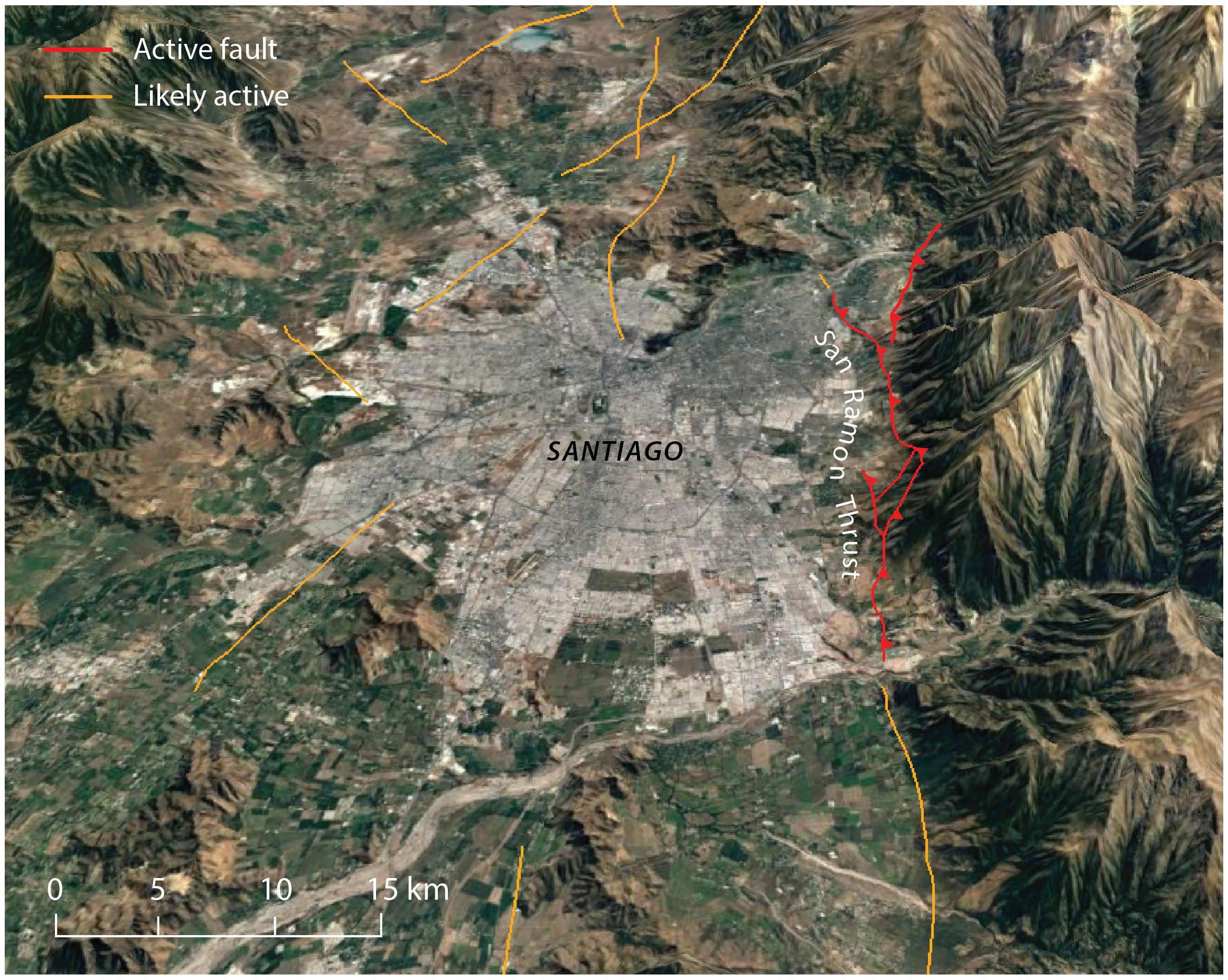
Finding California connections
Xyoli Pérez-Campos, the director of Servicio Sismológico Nacional de México, got her Ph.D. with Greg Beroza at Stanford; Germán Prieto, my host at Universidad Nacional de Colombia, got his Ph.D. with Peter Shearer at UCSD; Jorge Crempien, my host at Pontificia Católica Universidad, got his Ph.D. with Ralph Archuleta at UCSB; Allen Husker, Chair of Departamento de Sismología at the Instituto de Geofísica at UNAM, got his Ph.D. at UCLA with Paul Davis; and Sergio Barrientos, director of the Centro Sismologico Sismológico de Chile, got his Ph.D. with Steven Ward at UCSC.
I asked these leaders about their experiences in California, and how they looked back on them. Each told me that it was an honor and a joy; each waxed poetic about the generosity and brilliance of their advisor, and spoke with pride about their Alma Mater. Far more important and more lasting than any lecture tour, these are the ties that bind, this is the gift that keeps giving. It is how the larger scientific network of collaboration and illumination is fostered. It made me feel good just to be a Californian.
- Beware quiet segments of the Philippine Fault - May 16, 2025
-
ډیری عوامل افغاني ټولنې د زلزلې پر وړاندې زیانمنوي
- August 11, 2022 - What’s happening this week in Humboldt County, California: The squeeze - February 6, 2019
